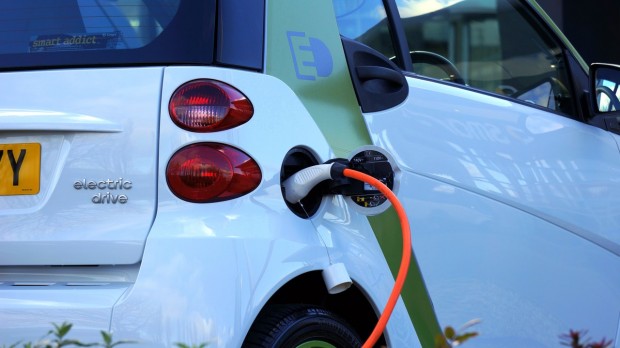Electric vehicles are cheaper and fun to drive and, of late, have gained tremendous popularity. However, car manufacturers still have to beat some obstacles before they are widely adopted. It is important to consider these challenges before purchasing an electric vehicle to ensure it is the best option for you. And if the following challenges seem too intimidating at this point, hold your fire a few years. The infrastructure, technology, and market for electric vehicles are growing and progressing quite fast.
Range of Electric Vehicles
While most electric vehicle brands' range has upgraded considerably, the limited range is a challenge for many car owners. The range of the Nissan Leaf 2020 is about 240 kilometers, and the extended range of the Tesla Model 3 is up to 596 kilometers. While this is beneficial for urban driving, it can pose challenges in colder climates or longer journeys.
A cross-country drive with an electric car involves careful preparation and probably a few stops. With the heater on, an AAA study reveals that the car's range decreased by 41 percent with a decrease in temperature of about 20 degrees Fahrenheit.
Fortunately, vehicle manufacturers have acted by adding bigger batteries with a more extended driving range. As lithium-ion technology advances, it will soon become less of a problem for electric car owners. Meanwhile, electric cars are not suitable for all drivers. Before you buy one, consider whether you can get around the shortcomings of a limited driving range.
Charging Time
Time taken to charge a vehicle varies depending on the changer speed and the capacity of the battery. Charging a Tesla Model S with a typical wall charger may require eight hours, and a supercharger takes an hour. With many chargers you find on the road, you will use about two hours to charge an empty battery to capacity.
Most public parking lots and shopping centers have electric car chargers, where you may be able to charge your vehicle while keeping to your regular hours. In other cases, you could kill time getting from one point to the next. However, charging at work or home is the most appropriate alternative, if possible.
Deficiency of Charging Infrastructure
This challenge differs per location. Once you charge at work or home and don't cover extensive distances, you are good to go. Unfortunately, some apartment residents cannot charge at home because they lack a garage or driveway. They depend on public chargers in malls and parking lots or deals with neighbors or friends as an alternative. Even with the car chargers accessibly placed, it can get messy. Electric car charging infrastructure differs per area; however, this is vital before purchasing an electric vehicle.
Charging Infrastructure for Electric Vehicles
With the continued development of electric cars, the electric vehicle infrastructure demand is growing exponentially. The public infrastructure market for electric vehicles (such as charging stations) is predicted to improve at a higher rate over the next four years. According to the commercial cars segment, the passenger car and electric vehicle segment are also expected to rise sooner.
Limited Vehicle Options
2019 was a pivotal year for the electric cars market. Many modern models are out in the market, and car buyers got different models to select from than before. Ford is toiling to introduce the F-150 all-electric pickup and a crossover SUV (Mustang Mach-E). Despite substantial developments, there are fewer larger cars and even electric models for one to select.
Higher Upfront Costs
Consumers typically associate electric vehicles with high price tags, which might be a problem for budget-conscious people. Many electric vehicle models are quite competitive. Hyundai Ioniq and Nissan Leaf start at $30,000; yet, their range is below 200 miles. Compared to their gasoline counterparts, electric cars are falling in price. Also, government incentives and tax breaks may cut some of the overall costs of a zero waste lifestyle.
Difficulty Finding a Technician
Though electric vehicles involve fewer repairs and less maintenance, it is recommendable to look for a qualified technician near you. Ninety-seven percent of technicians are not competent to repair or maintain electric vehicles. Much of the remaining 3% are working for distributors.
While there are many hybrid cars on the road, maintenance regimes are a must, as with usual gasoline cars. This implies that individuals who have experience working with hybrid vehicles do not understand electric models.
Unfortunately, electric car drivers have fewer choices for capable technicians. Fortunately, electric car owners rarely call their mechanics as their vehicles require a smaller amount of fluids (for example, transmission oil and fluid).
See Now: OnePlus 6: How Different Will It Be From OnePlus 5?






















